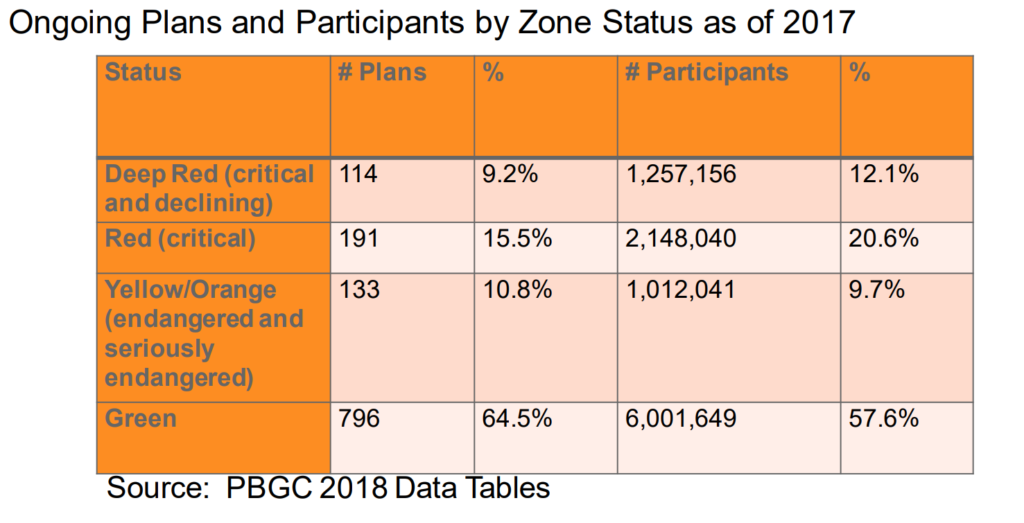Link: https://www.seyfarth.com/dir_docs/publications/Webinar-Deck-Pension-Reform-Butch-Lewis-032421.pdf
Graphic:

Excerpt:
Conditions on Relief
• Special Financial Assistance funds (and earnings thereon) can be used to make
benefit payments and pay plan expenses
• Must be segregated from other plan assets; invested only in investment-grade
bonds or other investments as permitted by PBGC
• Deemed to be in critical status until the last plan year ending in 2051
• Plans that become insolvent after receiving relief subject to rules for insolvent
plans
• Must reinstate any previously suspended benefits under the MPRA
– Either as lump sum within 3 months or monthly equal installments over 5 years (to
begin within 3 months)
• Not eligible to apply for a new suspension of benefits under the MPRA
Author(s): Alan Cabral, Jim Hlawek, Seong Kim, Ron Kramer
Publication Date: 24 March 2021
Publication Site: Seyfarth
